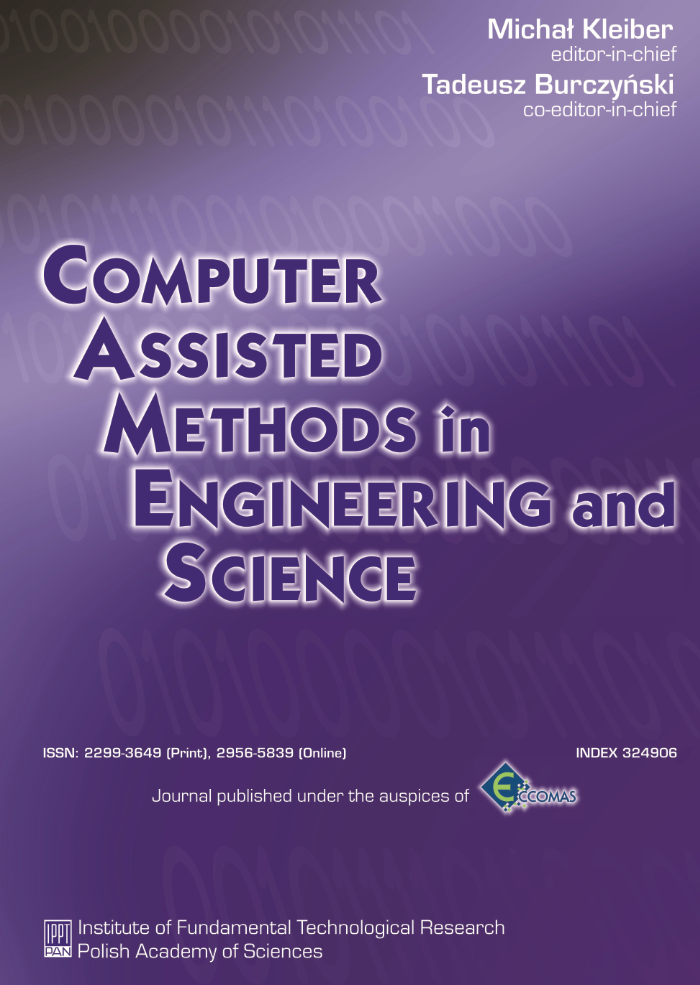Application of discrete wavelet transformation in damage detection. Part I: Static and dynamic experiments
Abstract
The paper demonstrates the potential of Discrete Wavelet Transform (DWT) in damage detection. Efficiency of the method is demonstrated by the way of examples. In this study the numerically simulated static and dynamic experiments were used. One dimensional DWT was used to signal processing. Measurement errors were accounted for by introduction of white noise.
Keywords:
damage detection, wavelet transformationReferences
[2] T. Burczyński, P. Orantek, Hybrid evolutionary algorithms aided by sensitivity information in identification and structural optimization. Proc. 2nd ECCM, Kraków, 2001.
[3] P. Cawley, R.D. Adams, The location of defects in structure from measurements of natural frequencies. J. Strain Anal., 14: 49- 57, 1979.
[4] C.K. Chui, An introduction to Wavelets. Academic Press. Inc ., San Diego, 1992.
[5] 1. Daubechies, The wavelet transform, time-frequency localization and signal analysis. IEEE Trans . on Information Theory, 36: 961-1005, 1990.



